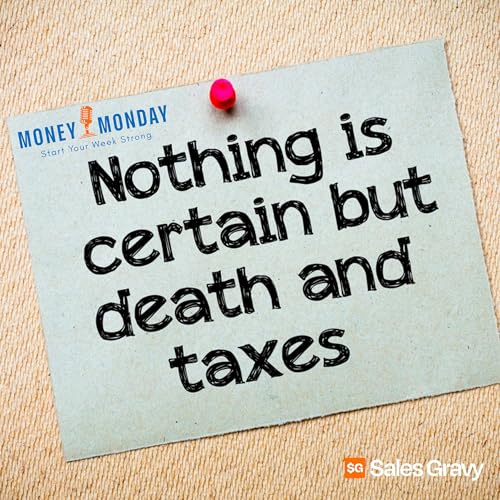If you’ve been looking for a way to hit or exceed your annual quota, qualify for President's Club, or simply earn a bigger paycheck or bonus, focusing on helping business owners reduce their tax burden by investing in your product, service, or software in the final weeks of the year can give you the edge you need to get more sales closed. Business Owners are Motivated to Reduce Taxes In the United States, there are millions of SMBs, and the vast majority of these businesses are what we call pass-through organizations for tax purposes. This means that the owners or partners in these businesses report the profits on their personal tax filings. Unlike big companies, small companies don’t have the luxury of rolling profits over to the next year. So whatever they made this year, they have to pay taxes on. As the calendar winds down, business owners are often motivated to invest in products, services, and software solutions in order to reduce taxable income. In other words, if a business has shown strong profits throughout the year, its owners might be keen to spend some of that money on improving their operations, expanding their capabilities, or streamlining their processes—right now—rather than hand over a large chunk of their profits to Uncle Sam come tax season. Business Owners Hate Paying Taxes To understand why this year-end period is so critical, let’s get into the mindset of a small or medium-sized business owner. Unlike large enterprises with multiple departments and complex accounting strategies, SMB owners are often personally invested in the company’s financial results because those results are essentially their income. It’s how they pay their mortgage and put food on the table. For this reason, they watch their revenue and expenses closely. As the year comes to an end, they’re looking at their bottom line and thinking about the upcoming tax bill. For many of these business owners, profit is a double-edged sword. Don’t get me wrong, they want to make a profit. But at some point, too much profit triggers a much higher tax bill. If there is one thing I know about small and medium-sized business owners, it's that they hate taxes. They are always looking for ways to legally minimize their tax liability. One easy and productive way to do this is to make fully or partially depreciable investments in the business before December 31st. That could mean buying new equipment, software, training packages, or services that will not only improve the business long-term but also reduce taxable income for the current year. An Urgent Need to Spend As a salesperson, the key takeaway here is that your prospects have a natural, time-bound incentive to spend. If you can position your product or service as the right investment at the right time, you might find it easier to close those deals that seemed just out of reach during the rest of the year. And by the way, if you are dealing with decision-makers who are pushing off decisions to next year, this is a great way to get past that objection. Framing Your Business Case I want to be clear, though, that most businesses are not going to spend money for the sake of spending money. Savvy business owners want to reduce taxes and do the right thing for their company. Therefore, you can’t just be transactional. You still must follow the sales process and build a bridge to the value of tax savings AND business improvement when making your business case. It’s all about framing your product or service as a strategic investment rather than a mere expense. For example: If you sell software tools that improve operational efficiency, make the case for how your solution will help them save on labor costs, reduce errors, and streamline workflows. If you’re selling advertising, highlight how a year-end launch of a new campaign will lead to immediate results that set the stage for a strong Q1. If you sell capital equipment, walk them through how the new equipment will make them more productive and help them expand their business in the new year. The key is to connect the value of your offering directly to the timing. Consider messaging like: “This is an opportune moment to upgrade your systems, so you’ll enter the new year with a competitive edge and potentially lower your tax liabilities this season.” “By getting your campaign locked in before the year closes, you can reap immediate tax benefits while ensuring your advertising starts generating leads in January when you need them the most.” "If we get the equipment ordered now, it will be delivered in Q1, giving you plenty of time to get a high ROI next year." When you can tie the ROI of your product to both tangible improvements and the financial perks of year-end spending, the business case becomes much more compelling, and you will sell more. Tailor Your Approach While the end-of-year tax incentive is a common denominator, not every SMB is identical. Some might be profitable but cash-constrained, ...
Más
Menos
 17 m
17 m 12 m
12 m 47 m
47 m 21 m
21 m Dec 14 202510 m
Dec 14 202510 m 37 m
37 m 14 m
14 m 16 m
16 m
